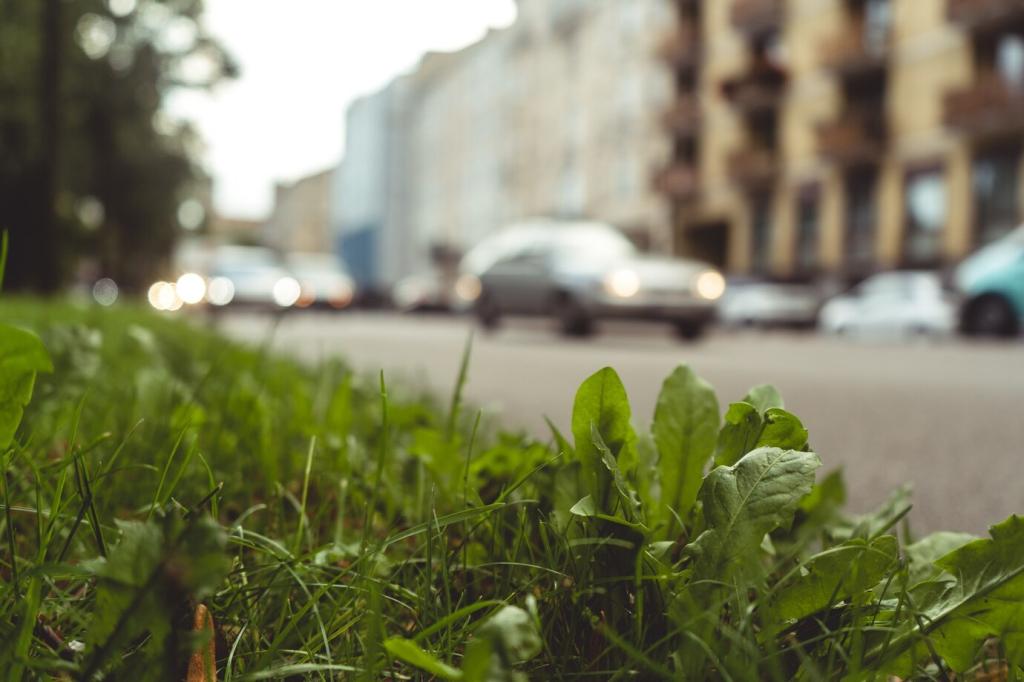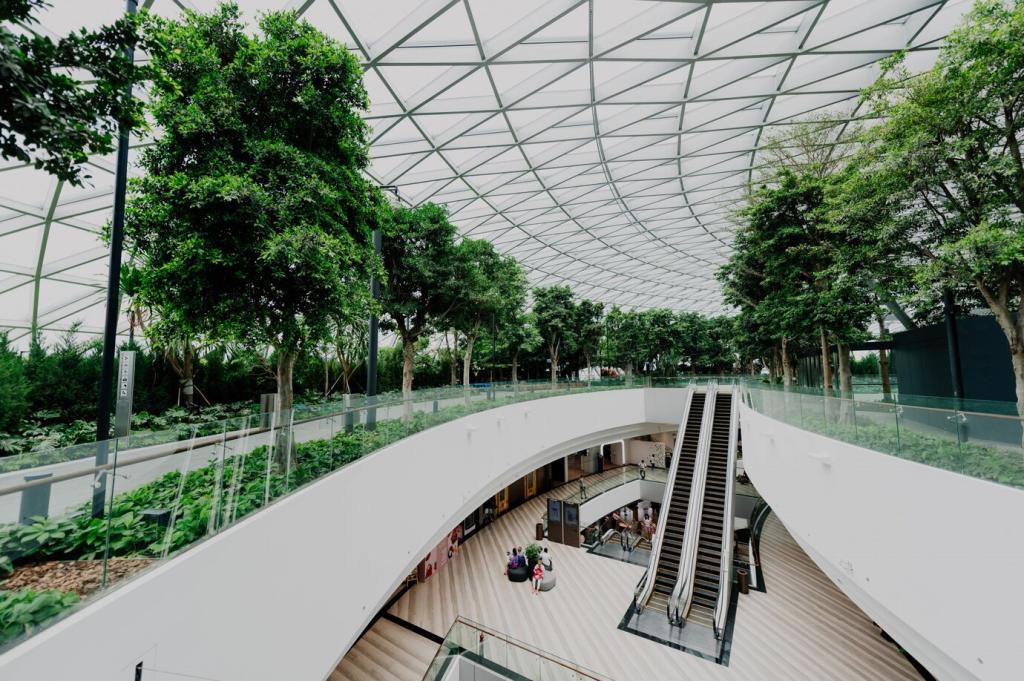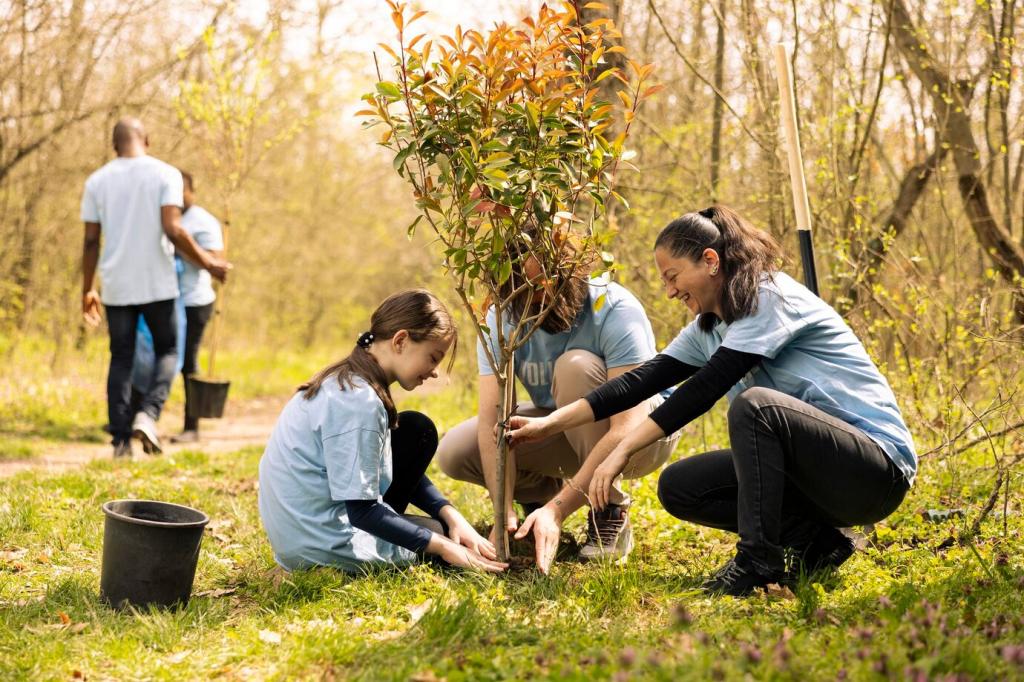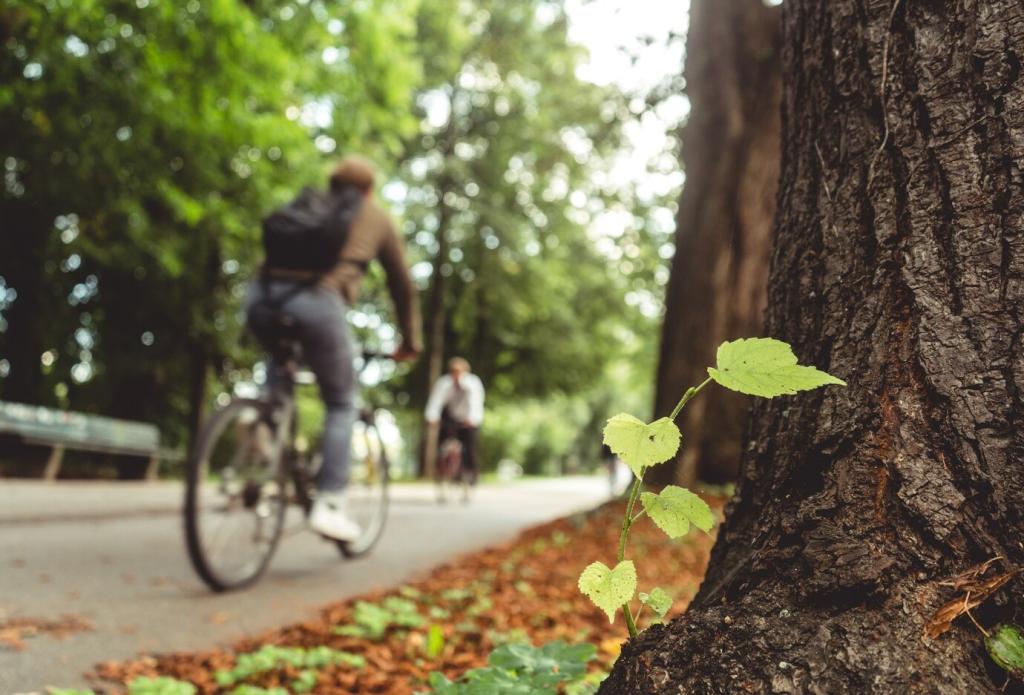Why Microforests Matter for Urban Wildlife
In our first 120-square-meter microforest, bumblebees returned within weeks, drawn by staggered blooms from native understory shrubs. Planting nectar across seasons keeps pollinators fed, resilient, and breeding, inviting butterflies, hoverflies, and solitary bees to stay.
Why Microforests Matter for Urban Wildlife
Microforests rebuild biology beneath our feet. Leaf litter and diverse roots feed fungi and microbes, which in turn support insects and birds. Share your soil stories below, and subscribe for our easy three-step compost-and-mulch recipe.







